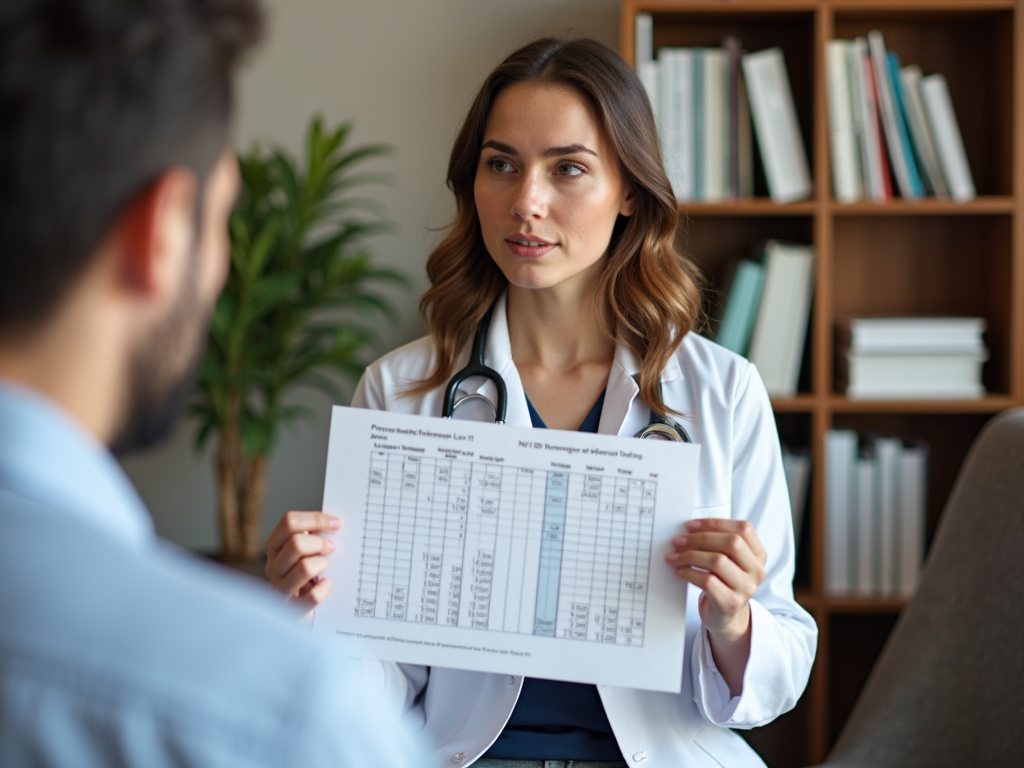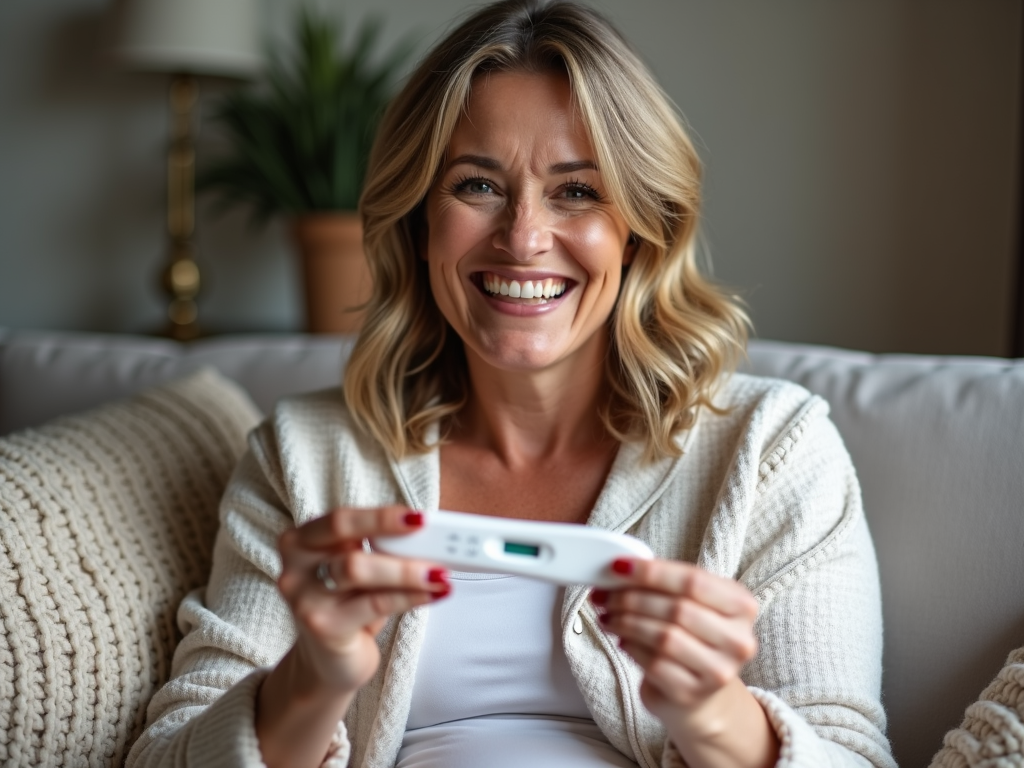Ovulation Inducers for Women Over 35: A Comprehensive Guide to Boosting Fertility
May 23, 2025, 5:26 p.m.
Overview
For women over 35, getting pregnant can feel like a race against time. Fertility naturally declines with age, and issues like irregular ovulation become more common. Ovulation inducers for women over 35 offer hope. These fertility drugs stimulate the ovaries to release eggs, improving the chances of conception. This article dives into how they work, why they matter, and what you can expect.
Why Ovulation Inducers Matter After 35
As we age, our ovarian reserve—the number of eggs we have—shrinks. By 35, this decline speeds up, and many women face infertility due to inconsistent ovulation. Ovulation inducers step in to help. They’re a lifeline for those struggling to conceive naturally, especially when time feels limited. I’ve seen friends in their late 30s light up with hope after starting these treatments—it’s a game-changer.

What Are Ovulation Inducers?
Ovulation inducers are medications designed to trigger egg release. Doctors often prescribe them when ovulation is irregular or absent. Common fertility drugs include Clomiphene (Clomid), Letrozole, and Gonadotropins. Each works differently, but the goal is the same: to kickstart your ovaries. Think of them as a gentle nudge to get your body back on track.
How They Work
Clomiphene tricks your brain into producing more follicle-stimulating hormone (FSH), which helps eggs mature. Letrozole lowers estrogen levels to boost FSH naturally. Gonadotropins, like hMG or FSH injections, directly stimulate the ovaries. Studies from the National Institutes of Health show these drugs increase ovulation rates by up to 80% in some cases. That’s a big deal for women over 35 facing infertility.

Who Needs Ovulation Inducers?
Not every woman over 35 needs help ovulating, but they’re a fit if you: - Have irregular periods - Don’t ovulate regularly (anovulation) - Face unexplained infertility I remember a friend who didn’t realize she wasn’t ovulating until testing. At 37, she started Clomid and conceived within months. It’s about finding the right tool for your body.
Benefits of Ovulation Inducers for Women Over 35
The biggest perk? They boost your odds of getting pregnant. For women in their late 30s, time is precious, and these drugs speed up the process. They’re also less invasive than options like IVF. Plus, they’re widely studied—resources like Mayo Clinic confirm their safety and effectiveness when monitored by a doctor.

Risks and Side Effects
Nothing’s perfect, right? Ovulation inducers can cause hot flashes, mood swings, or bloating. There’s also a small risk of twins—about 10% with Clomid. More serious risks, like ovarian hyperstimulation syndrome (OHSS), are rare but possible with injections. My cousin used Gonadotropins and felt moody but said it was worth it when she held her baby.
Common Side Effects Table
| Drug | Common Side Effects | Risk of Multiples |
|---|---|---|
| Clomiphene | Hot flashes, bloating | 10% |
| Letrozole | Fatigue, headaches | 5-8% |
| Gonadotropins | Mood swings, swelling | 20-30% |
| This table simplifies what you might feel—talk to your doctor for the full scoop. |

My Personal Take
I’ve never used ovulation inducers myself, but I’ve watched loved ones navigate this journey. One friend, at 36, felt defeated after months of trying. She started Letrozole, and the relief on her face when she ovulated was unforgettable. It’s not just about science—it’s the emotional lift, too. These drugs don’t guarantee a baby, but they give you a fighting chance.
How to Get Started
Ready to explore ovulation inducers? Here’s what to do: 1. See a Doctor: A fertility specialist can run tests (bloodwork, ultrasounds) to check ovulation. 2. Choose a Drug: Based on your needs, they’ll suggest Clomiphene, Letrozole, or injections. 3. Monitor Progress: Regular check-ins track how your ovaries respond. 4. Stay Patient: It might take a few cycles to work. Start with a conversation—it’s the first step to understanding your options.

Combining with Lifestyle Changes
Fertility drugs work best with a healthy lifestyle. Eating well, managing stress, and avoiding smoking can boost their effect. A study from Harvard Medical School found diet and exercise improve fertility outcomes by 20%. I’ve seen this firsthand—my sister cut sugar, added yoga, and conceived faster than expected.
Cost and Accessibility
Prices vary. Clomiphene might cost $10-$100 per cycle, while Gonadotropins can hit $1,000+. Insurance often covers part of it, but check your plan. Clinics like Planned Parenthood offer affordable options, too. It’s an investment, but for many, the payoff is priceless.

Emotional Journey
Let’s be real—trying to conceive after 35 can feel heavy. Ovulation inducers offer hope, but the waiting game is tough. I’ve held friends’ hands through negative tests and cheered at their wins. Lean on support—whether it’s a partner, group, or therapist. You’re not alone in this.
Summary
Ovulation inducers for women over 35 are powerful tools to tackle infertility. From Clomiphene to Gonadotropins, these fertility drugs stimulate ovulation, offering a shot at pregnancy when age complicates things. They come with risks and costs, but the hope they bring is real. Pair them with lifestyle tweaks and expert care for the best shot. Want to dig deeper? Check the recommended readings below.